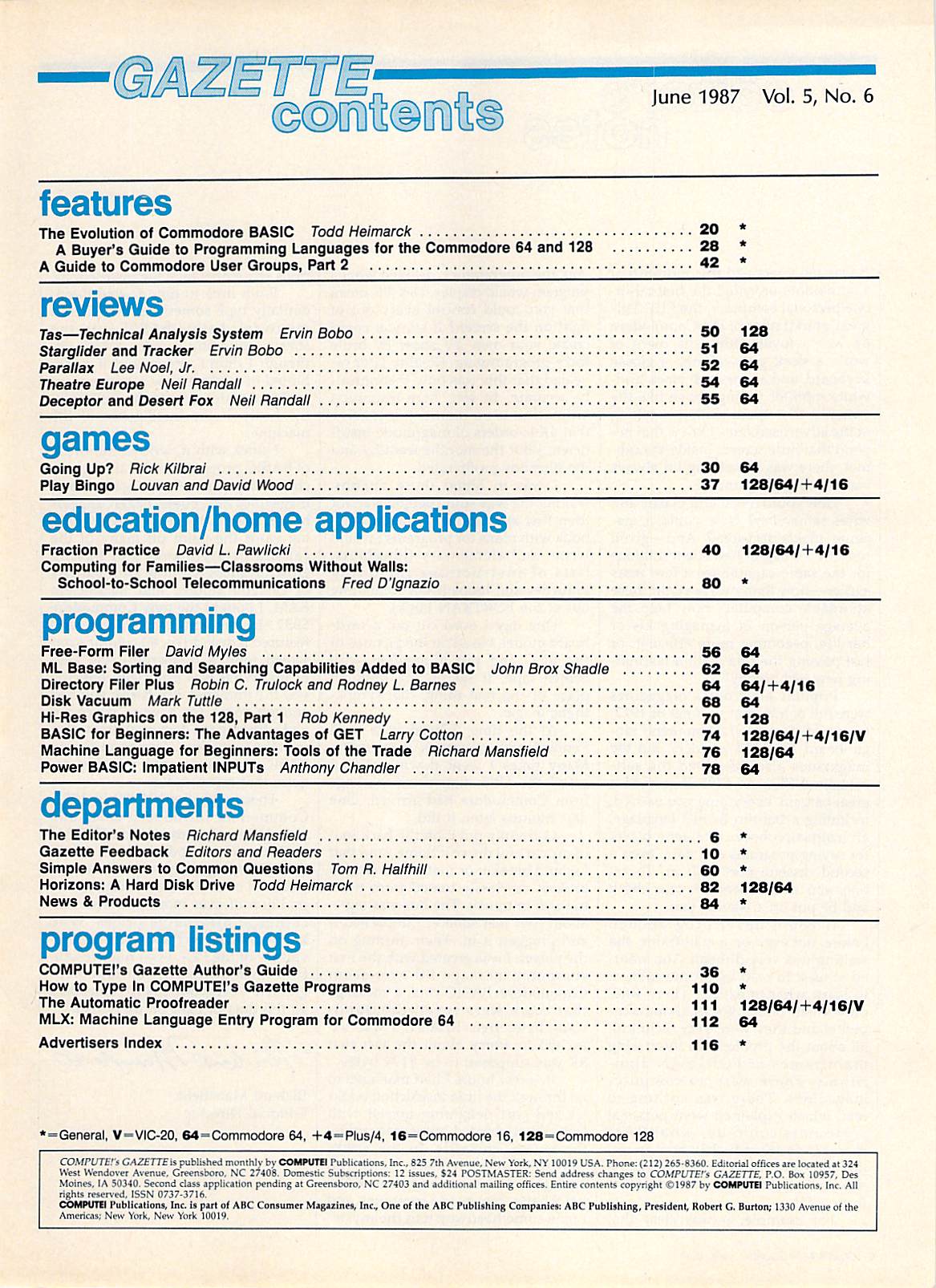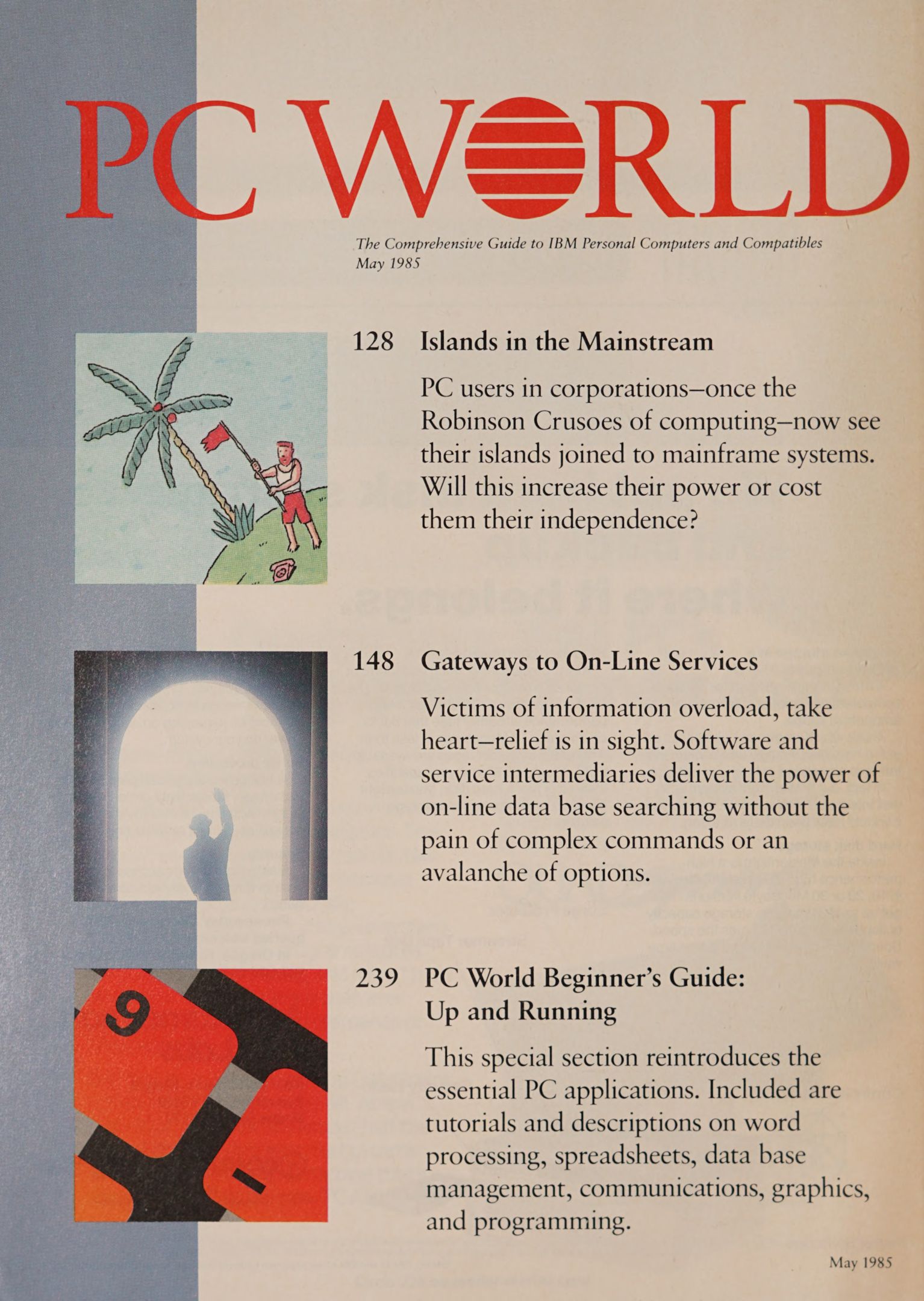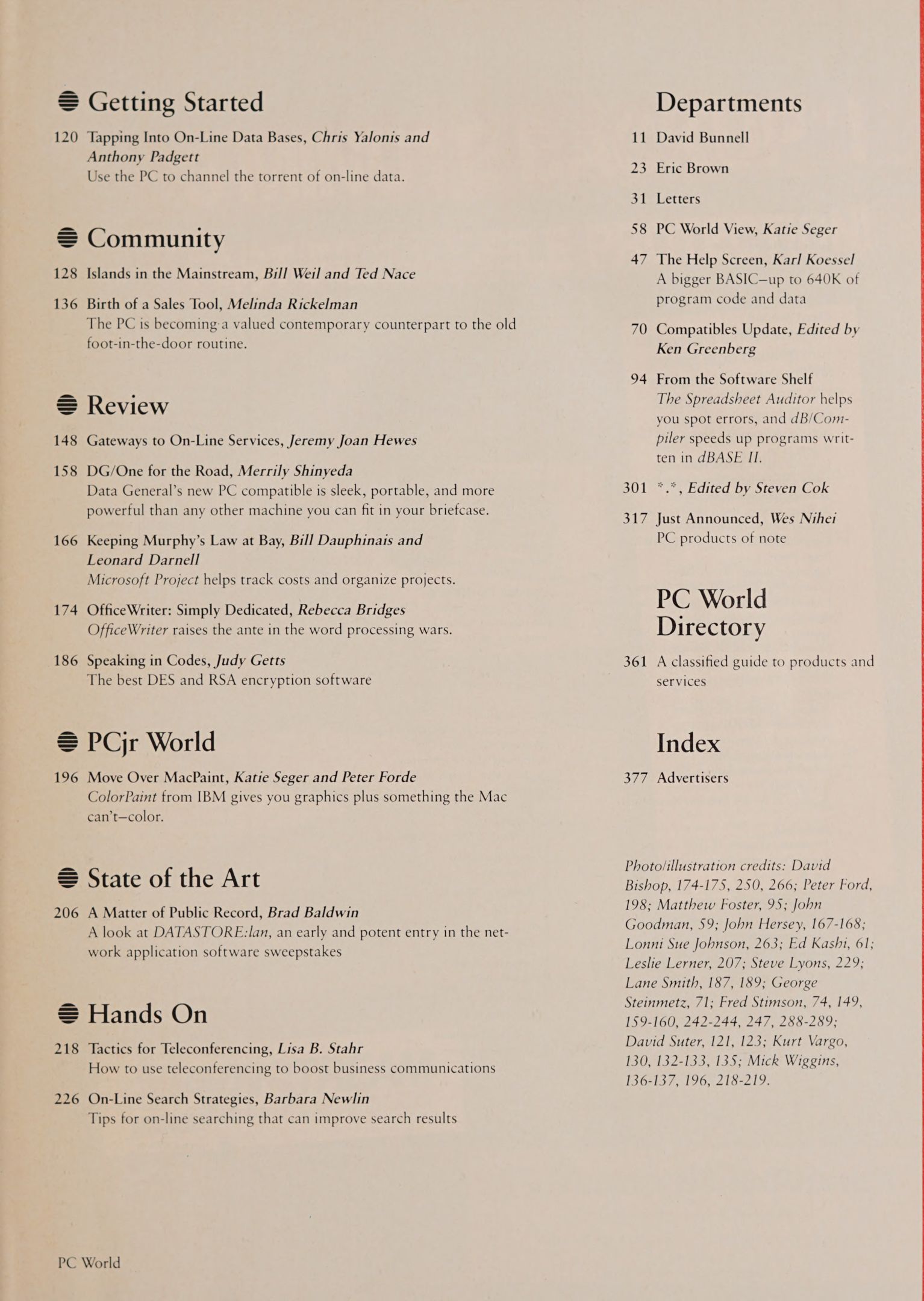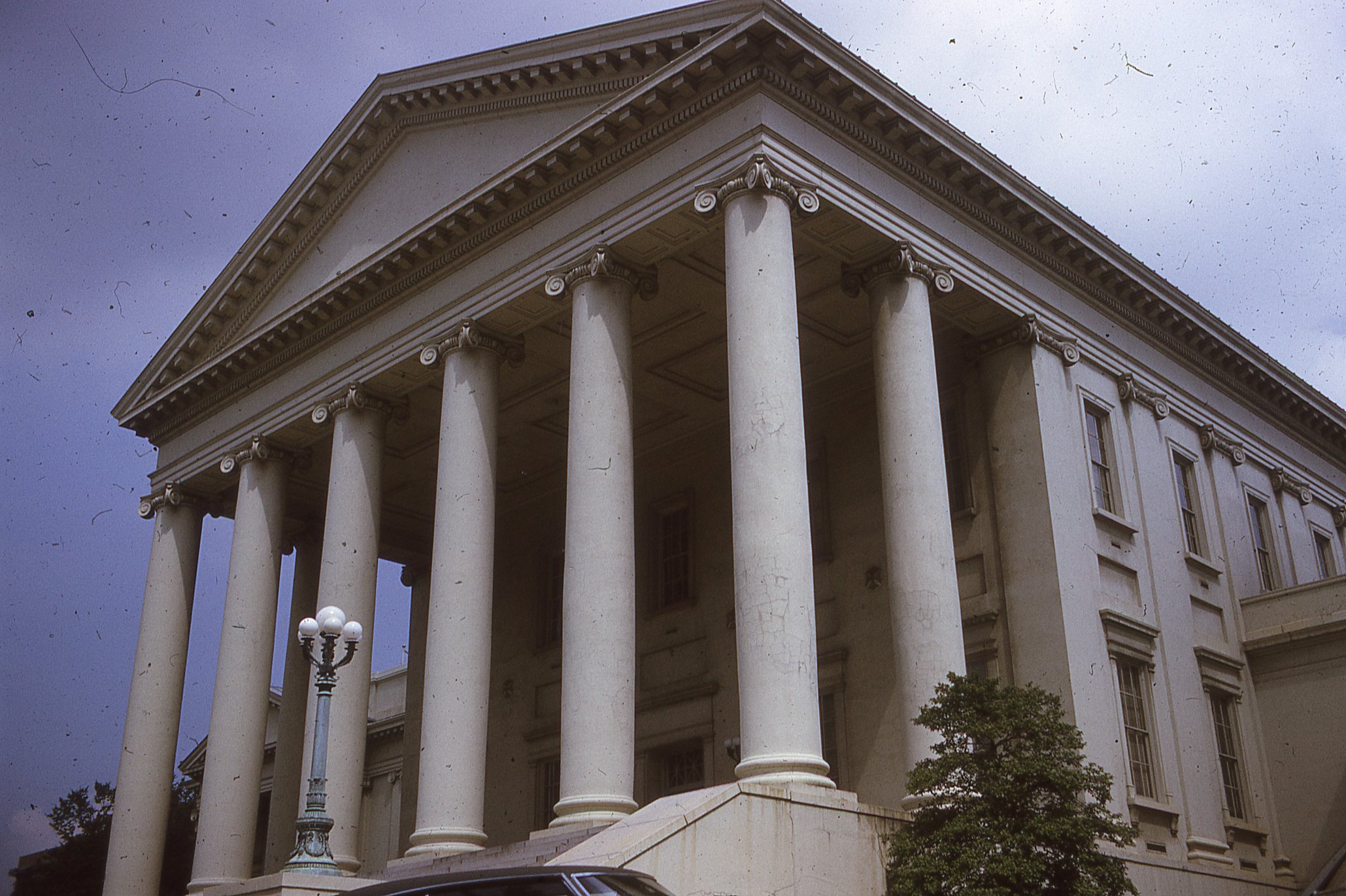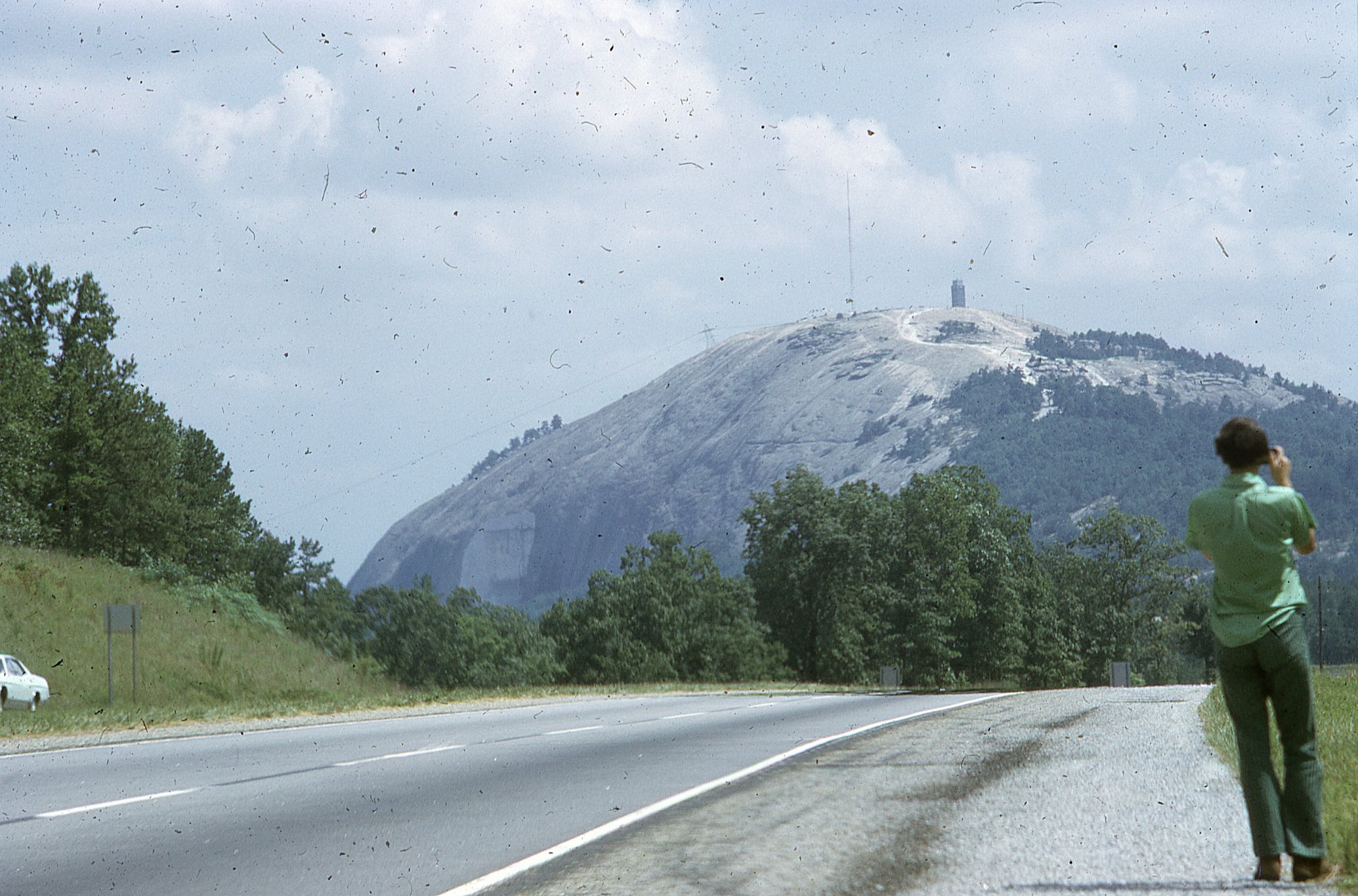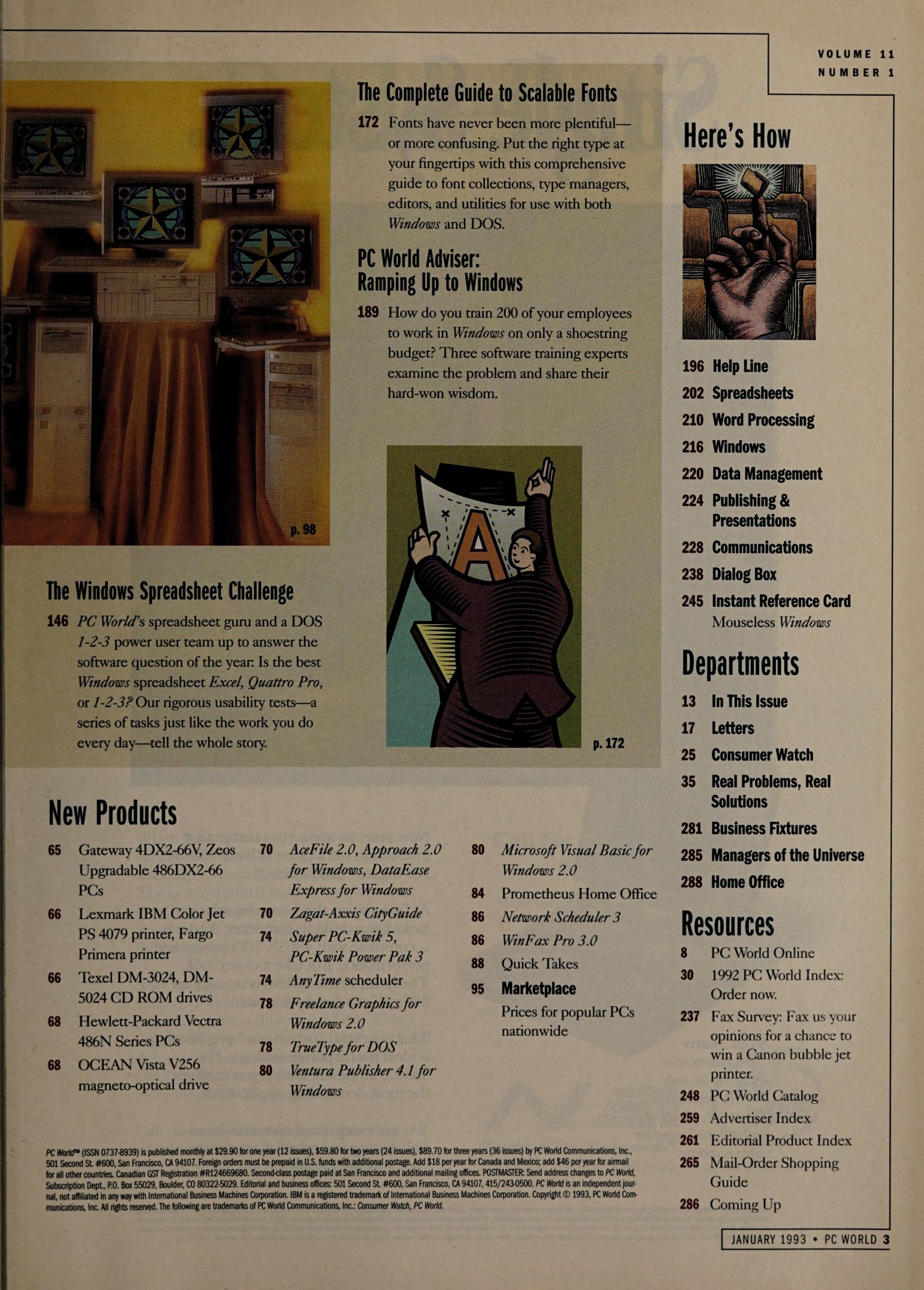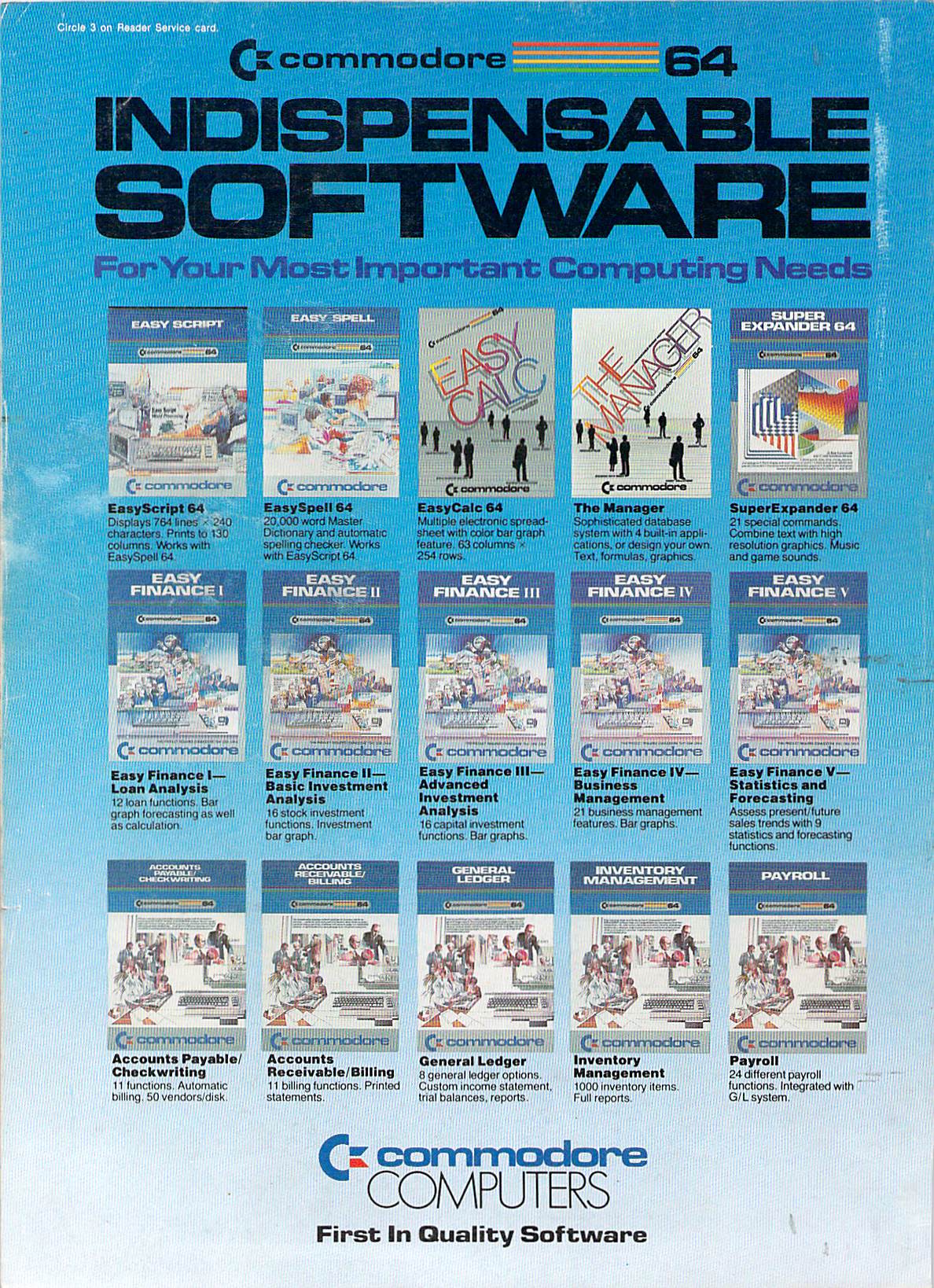Within days of Silicon Valley Bank’s swift and shocking collapse, a narrative formed that “wokeism” lay at the heart of the California bank’s sudden demise. It began with a Fox News appearance by Home Depot co-founder Bernie Marcus.
"I feel bad for all of these people that lost all their money in this woke bank,” Marcus told host Neil Cavuto. “You know, it was more distressing to hear that the bank officials sold off their stock before this happened.”
Similar criticism followed from rank-and-files members of the GOP, including House Oversight chairman James Comer, who decried SVB’s “ESG-type policy and investing.”
The charges prompted an avalanche of media responses attempting to debunk claims that “wokeness” had anything to do with the collapse of SVB or the distress of other financial institutions, such as Signature Bank.
“There’s no evidence that SVB’s sustainable investing or diversity initiatives contributed to its collapse,” Washington Post business and tech reporter Julian Mark wrote.
“No, diversity did not cause Silicon Valley Bank’s Collapse,” the New York Times assured readers in a headline.
What Is ‘Woke’?
Woke is a surprisingly tricky term to define—just ask Bethany Mandel who recently went viral
when she froze on TV after being asked to define it—in part because it means different things to different people.
What’s clear is that “wokeness” is intertwined with the concept of Diversity, Equity, and Inclusion (DEI), an idea broadly defined as a “framework that seeks to promote the fair treatment and full participation of all people, especially in the workplace, including populations who have historically been under-represented or subject to discrimination.”
Treating all people fairly isn’t a particularly controversial or revolutionary idea, but critics of “wokeness” complain that DEI initiatives go beyond the fair and equal treatment of individuals, giving preferred treatment to historically marginalized groups. Moreover, there’s a concern that corporate DEI initiatives are emphasizing social causes over sound business practices and maximizing shareholder value.
For example, SVB famously pledged to provide at least $5 billion “in sustainable finance and carbon neutral operations to support a healthier planet.” The bank—which is currently in bankruptcy proceedings—also donated $73 million to Black Lives Matter and similar social justice causes.
Meanwhile, video has emerged of Signature Bank Chairman Scott Shay, whose bank was recently shut down by regulators, offering a lengthy tutorial on the proper usage of gender-neutral pronouns.
Even proponents of DEI initiatives would likely concede these are “woke” practices. But did the “woke” lectures and programs have anything to do with the collapse of SVB and Signature Bank, both of which unfairly (and dangerously) received bailouts from the federal government?
‘A Negligent Board of Directors’
Many astute financial experts brush off claims that “wokeism” caused the reckoning facing SVB, rightly pointing out that macroeconomic factors triggered financial chaos across the world. (The Swiss bank Credit Suisse also had to be rescued, and there’s little evidence its collapse was related to wokeism.)
In the United States, rising interest rates resulted in far less borrowing, particularly for tech startups, which are the primary clients of banks like SVB. Meanwhile, SVB had loaded up on (seemingly low risk) Treasury bonds, which saw their value plummet when the Federal Reserve began sharply raising interest rates to combat rampant inflation. Barron’s reports that more than half of SVB’s $211 billion in financial assets were composed of these struggling securities at the end of 2022.
Many contend that more oversight could have prevented the collapse of SVB and other banks. This claim might have some merit, but it also ignores that regulators themselves were asleep at the switch during SVB’s collapse.
“Traditional prudential regulation should have caught this,” said Sen. Mark Warner (D-Va.) during a recent Senate hearing. “Where were the regulators?”
It’s a fair question, and one members of both parties are asking. Banks are supposed to undergo stress tests and similar oversight to prevent the kind of exposure that wrecked SVB. Why that didn’t happen is a question we’ll likely hear answered during congressional hearings, but it might have something to do with the fact that SVB’s CEO also sat on the board of the San Francisco Federal Reserve Bank, which had regulatory oversight.
Regulatory failure, however, should not overshadow the bank’s own internal failures, which are obvious even to those without investment banking experience. Why was SVB’s portfolio not more diversified? Why did the bank expose itself to so much risk and hang on to its plummeting Treasury securities so long? Why were so many loans extended to subprime borrowers?
These are, frankly, rookie mistakes.
“The combination of a negligent board of directors @SVB with idiot management is the potent cocktail that led to a disastrous outcome,” investor and Shark Tank host Kevin O’Leary observed on Twitter in the wake of SVB’s collapse.
O’Leary is not wrong, but he didn’t point out why SVB’s board was negligent.
It turns out that SVB’s board of directors was rather thin on investment banking experience and heavy on political connections. (To be fair, there’s also a sound economic incentive to appoint board members with political clout.) One member of the board—Tom King, who joined the board in September 2022—had extensive experience in the industry, but others have relatively little or none.
This is one of the dangers of “wokeism” and social justice theory. These value systems are explicitly hostile to concepts like individual merit. Baked into the ideology is the temptation to hire people based on factors—race, gender, ideology, etc.—other than the value they can bring to an organization; to ignore profit and shareholders, and instead serve greater social causes.
If you doubt this, consider this 2021 interview with SVB board member Elizabeth 'Busy' Burr. In the interview, Burr spurns focusing on “numbers.” The words value and shareholder don’t even appear. Her focus is equity, inclusion, and the “tide of racism and white supremacy” in America. Months after the interview, the Carrot CCO joined the SVB board. (Burr, unlike other board members, did actually spend several years in the investment banking space, working for Morgan Stanley and Credit Suisse First Boston, according to SVB.)
To be clear, no one denies that macroeconomic factors—particularly the Federal Reserve’s massive money pumping and interest rate schemes—played a central role in the demise of SVB. But don’t discount the impact corporate wokeism had in creating a culture that emphasized DEI initiatives and goals over creating value, earning profit, and providing proper oversight of a company managing billions of dollars.
We’re constantly being told that capitalism needs to be fixed. That it needs to be more responsible. That it must focus more on “environmental” and “social” concerns. That it must include more external “stakeholders.”
The collapse of SVB, which was preventable, shows that these efforts to “reform” capitalism may very well be what destroys it. (The fact that federal authorities quickly stepped in to protect parties from the consequences of their decisions shows that to some extent it already has.)
Moreover, basic economics offers yet another clue.
Resources, we know, are finite. Each comes with an “opportunity cost,” which means that every single service or resource—including time—comes at the expense of something else.
It’s worth pointing out that SVB had a DEI executive, but, astonishingly, it had no chief risk officer. This is a big deal.
Opportunity cost shows us the funds used to hire that diversity executive could have been used instead to hire a risk officer. Indeed, every single dollar the bank spent on diversity and inclusion and other “woke” programs and initiatives could have been spent on other resources, including risk officers and stress tests that could have helped SVB identify solvency problems and limit exposure to the macroeconomic factors that precipitated its collapse.
“Wokeism” may not have been the primary factor for SVB’s collapse, but basic economics shows it did play a role, big or small.
Jon Miltimore
Jonathan Miltimore is the Managing Editor of FEE.org. (Follow him on Substack.)
His writing/reporting has been the subject of articles in TIME magazine, The Wall Street Journal, CNN, Forbes, Fox News, and the Star Tribune.
Bylines: Newsweek, The Washington Times, MSN.com, The Washington Examiner, The Daily Caller, The Federalist, the Epoch Times.
This article was originally published on FEE.org. Read the original article.






